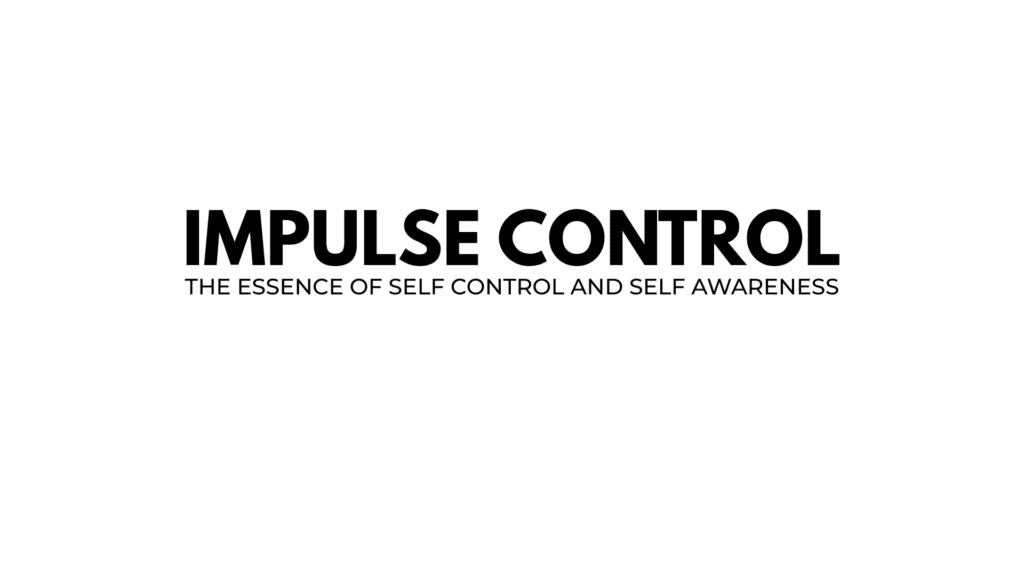
1. Understand What You’re Trying to Control
- Be specific. Self-control isn’t general—it’s about what you’re trying to manage. Are you trying to stop procrastinating, eat better, manage anger, or avoid distractions?
- Track patterns. Notice when and why your self-control breaks down. Use a journal or a habit tracker app.
2. Remove or Reduce Temptation
- Change your environment. Make bad habits harder to access and good habits easier. For example:
- Uninstall social media apps.
- Don’t keep junk food in the house.
- Use website blockers.
3. Set Clear, Small Goals
- Don’t rely on vague intentions like “be better” or “try harder.”
- Instead, set small, concrete goals:
“No snacks after 8 p.m.”
“Work for 25 minutes, then take a 5-minute break.”
4. Use Implementation Intentions (“If-Then” Plans)
- Example: “If I feel like procrastinating, then I’ll work for just 5 minutes.”
This rewires your automatic responses and builds self-discipline over time.
5. Practice Delayed Gratification
- Train yourself to pause before giving in:
- Set a timer for 10 minutes when you want to indulge.
- Most urges fade if you give them time.
6. Build Routines and Habits
- Self-control is weakest when you’re tired or stressed.
- Routines reduce the need for willpower because they make actions automatic.
7. Take Care of Your Body
- Sleep, nutrition, and exercise are foundational. Lack of sleep or being hungry makes self-control much harder.
8. Practice Mindfulness
- Mindfulness builds awareness of impulses without acting on them.
- Try 5–10 minutes a day using apps like Headspace, Calm, or just deep breathing.
9. Forgive Yourself After Failures
- Willpower fails sometimes. Beating yourself up only makes it worse.
- Reflect and reset instead of spiraling.
10. Track Progress & Celebrate Wins
- Logging your success helps reinforce the behavior.
- Celebrate small victories to stay motivated.
Would you like to apply this to a specific habit you’re working on? I can help you make a personal plan.